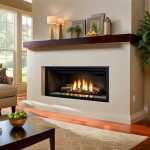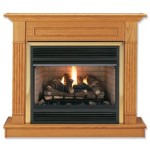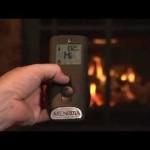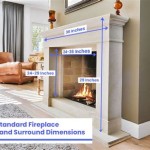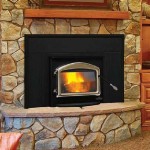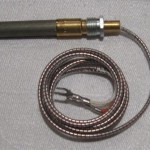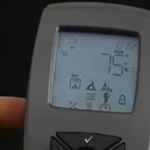Gas Fireplace Flue Regulations: Essential Information
Gas fireplaces offer a cozy and efficient way to heat your home, but ensuring they are installed and operated safely is paramount. Flue regulations play a vital role in achieving this by dictating the proper installation, use, and maintenance of gas fireplace flues.
Flue regulations typically govern the following aspects:
- Flue Material: Flues must be constructed of approved materials, such as metal or ceramic, that can withstand the heat and corrosive byproducts produced by gas combustion.
- Flue Size and Height: Flues must have sufficient diameter and height to effectively exhaust combustion gases from the fireplace. The specific requirements vary depending on the fireplace model and fuel type.
- Flue Termination: Flues must terminate outside the building, typically on the roof or an exterior wall. The termination point must be at least 2 feet above any roof penetrations or windows and must prevent rain or snow from entering the flue.
- Flue Vent Cap: A flue vent cap must be installed at the termination point to prevent downdrafts and the entry of debris into the flue.
- Flue Inspection and Maintenance: Regular flue inspections and cleaning are essential to ensure proper operation and prevent blockages or deterioration. The frequency of inspections may vary depending on the regulations in your area.
By adhering to these regulations, homeowners can minimize the risks associated with gas fireplaces, including carbon monoxide poisoning, fire hazards, and damage to the fireplace or chimney. It is always advisable to consult with a qualified HVAC professional for the installation, inspection, and maintenance of gas fireplaces to ensure compliance with the applicable regulations and safety standards.
Failure to comply with flue regulations can result in serious consequences. Inadequate flues can lead to incomplete combustion, resulting in the production of harmful gases like carbon monoxide. Blocked or damaged flues can cause gases to leak into the living area, posing a significant health hazard. Additionally, improper flue installation or maintenance can increase the risk of chimney fires.
By understanding and following the essential aspects of gas fireplace flue regulations, homeowners can enjoy the warmth and ambiance of a gas fireplace with peace of mind, knowing that their fireplace is operating safely and efficiently.
Part 3 7 Heating Appliances Ncc
Part 3 10 7 Boilers Pressure Vessels Heating Appliances Fireplaces Chimneys And Flues Ncc

Gas Fireplace Flue Exterior Inspections Internachi Forum
Part 3 7 Heating Appliances Ncc
Gas Fireplace Venting Explained Heat Glo

Choosing Using Flues Chimneys For Domestic Gas Burning Appliances

Flue Pipe Clearances Distance To Combustibles And Heat Shielding
Gas Fireplace Venting Explained Heat Glo

Building Regulations For Stove And Flue Installations

Choosing Using Flues Chimneys For Domestic Gas Burning Appliances
Related Posts

